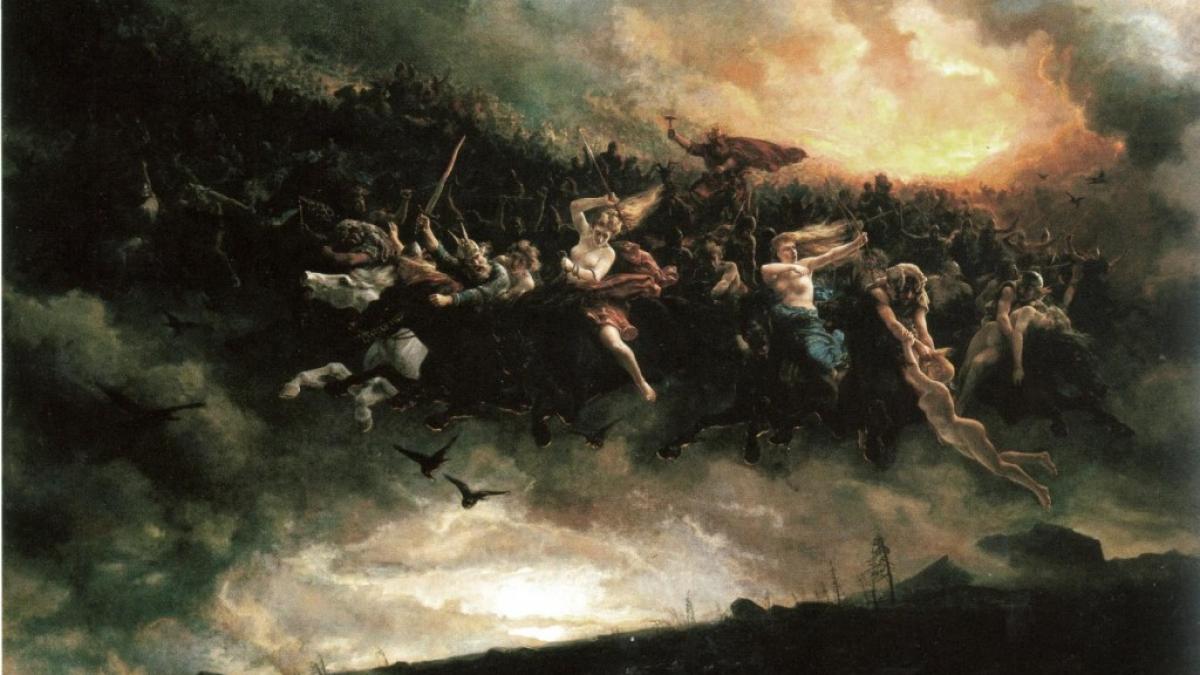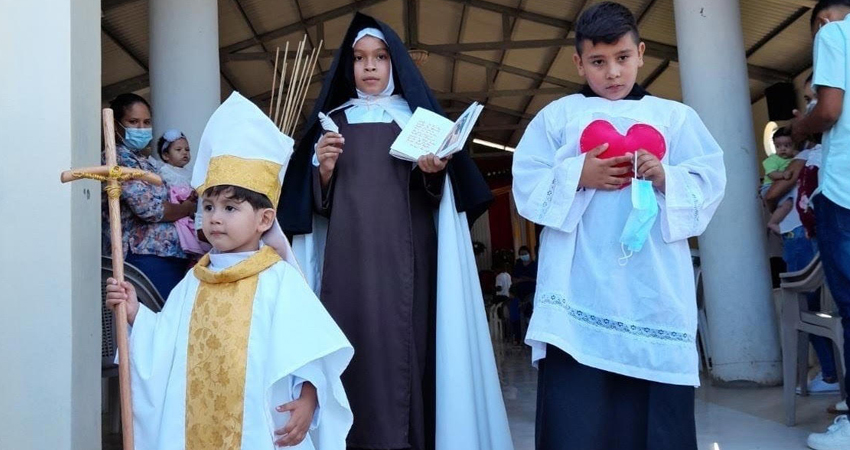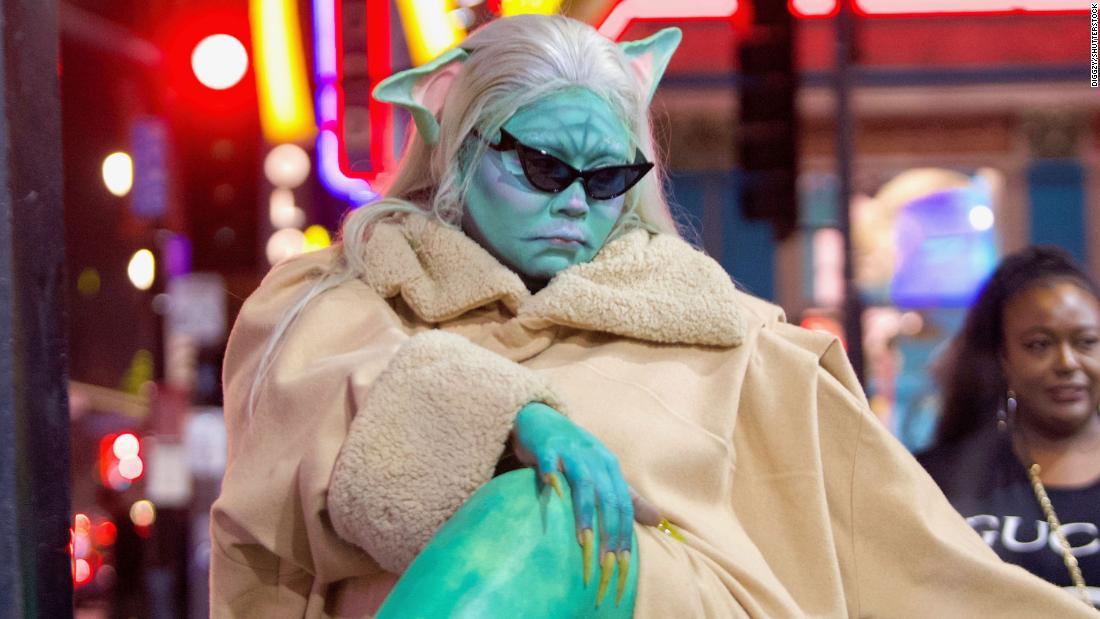The October 31st Every year millions of children and adults in many countries of the world leave their homes in disguise and celebrate Halloween or Halloween. Which is the origin of this ‘dark’ party? Join us to learn the history of this celebration, also known as All Hallow’s Eve or All Saints Eve.
Experts in this field agree that the Halloween celebration, as we know it, has Celtic and Christian origins. The clearest and oldest antecedent of this is the Celtic celebration known as Sahmain, which was celebrated on October 31 in Ireland, Scotland and the Isle of Man.
The Sahmain, also known as Calan Gaeaf – meaning ‘the first day of winter’ – celebrated harvests in other regions of the British Isles and marked the entrance of half more with the arrival of autumn and the approach of winter dark of the year.
In the transition from the light of summer to the darkness of winter, this date had a symbolic charge and it was believed that during this day the boundaries between this world and the afterlife would disappear.
The festivities include divination and other magical acts, offerings made from freshly harvested fruits, and bonfires “to ward off evil spirits.” In addition, from the 16th century onwards, people came to these celebrations in disguise – or pretending to be mummified.
With the introduction of Christianity to the British Isles, Celtic autumn traditions were mixed with the feast of All Saints’ Day on November 1 and All Souls’ Day on the following day. On those dates, all the saints were worshiped and the recent dead who still could not reach heaven were honored.
In early Christianity, these feasts included large feasts and banquets. Once united, the three days became known as ‘Allhallowtide’, and October 31 was called All Saints’ Day, All Hallow’s Eve, or All Saints’ Eve. From there he borrowed the word Halloween.
Halloween today
Many historians argue that our current Halloween has its roots in those centuries of syncretism between pagan and Christian traditions. For example, the open-faced pumpkin with a candle inside—known in English as Jack O’Lantern—represented the souls of the dead.
Another custom that has survived to this day is that of disguise: in addition to its Celtic origins, one of the ancient beliefs was that on Halloween the dead could roam the world and this was the last chance to take revenge on those who had wronged them; for that reason people used to disguise themselves and thus were not recognized by the dead.
In the 18th century, the early settlers to North America brought with them all the Celtic and Christian Halloween traditions, which were incorporated into their religious calendars. Over time – and marketing – pumpkins, costumes and the “sweet or scare” permeated the rest of the world and became the party that almost everyone knows and celebrates.
lnb

“Total travelaholic. Subtly charming zombie geek. Friend of animals everywhere. Music buff. Explorer. Tv junkie.”






